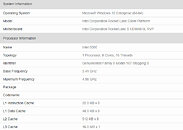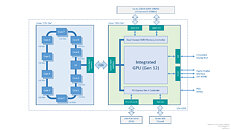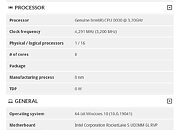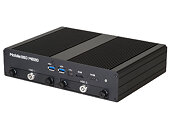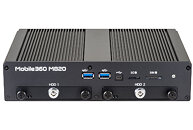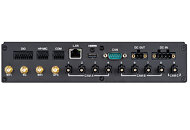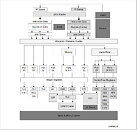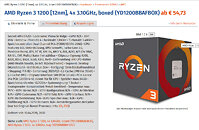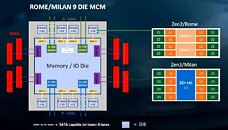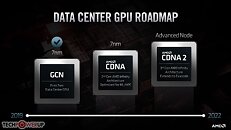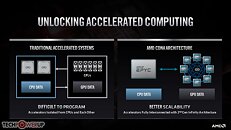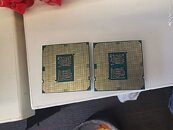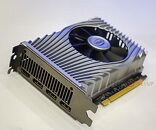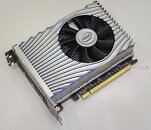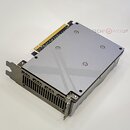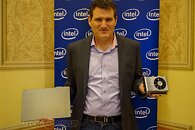
Intel to Clock "Rocket Lake-S" High, Evidence of an ES with 5.00 GHz Boost
Intel's 11th Generation Core "Rocket Lake-S" desktop processors in the LGA1200 package could come with clock speeds that are of the norm these days. Intel appears unwilling to dial down clock speeds in the wake of increased IPC with the new generation "Cypress Cove" CPU cores that drive these processors. Twitter handle "leakbench," which tracks interesting Geekbench results, fished out a database listing for a "Rocket Lake-S" engineering sample with clock speeds of 3.40 GHz base, and 5.00 GHz boost.
The listing has all the telltale signs of "Cypress Cove," such as 48 KB L1D cache, 512 KB per core L2 cache, and 16 MB shared L3 cache for this 8-core/16-thread chip. "Cypress Cove" is rumored to be to be a back-port of Intel's "Willow Cove" CPU core design from its original 10 nm+ node to the 14 nm++. VideoCardz compared this "Rocket Lake-S" ES benchmark result to that of a retail Core i7-10700K, and found its single-threaded performance to be roughly 6.35 percent higher despite a 200 MHz clock-speed deficit, although for some reason, its multi-threaded performance is trailing by over 15 percent.
The listing has all the telltale signs of "Cypress Cove," such as 48 KB L1D cache, 512 KB per core L2 cache, and 16 MB shared L3 cache for this 8-core/16-thread chip. "Cypress Cove" is rumored to be to be a back-port of Intel's "Willow Cove" CPU core design from its original 10 nm+ node to the 14 nm++. VideoCardz compared this "Rocket Lake-S" ES benchmark result to that of a retail Core i7-10700K, and found its single-threaded performance to be roughly 6.35 percent higher despite a 200 MHz clock-speed deficit, although for some reason, its multi-threaded performance is trailing by over 15 percent.
